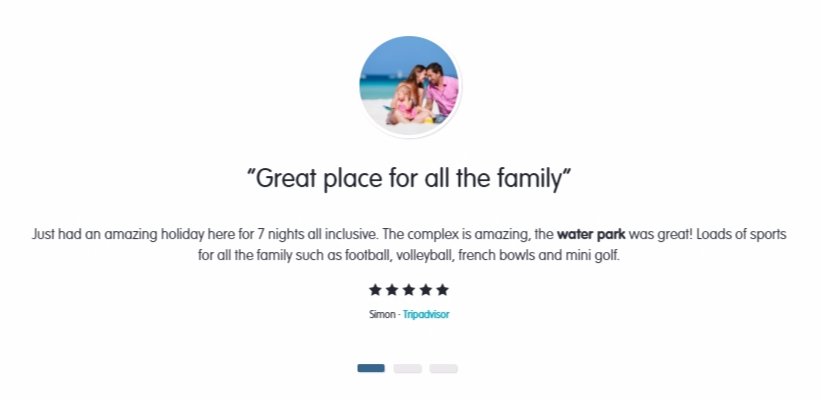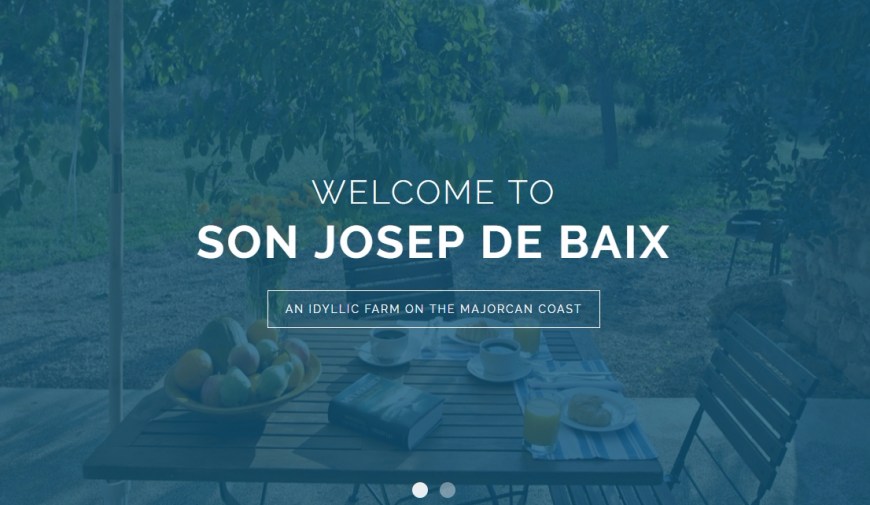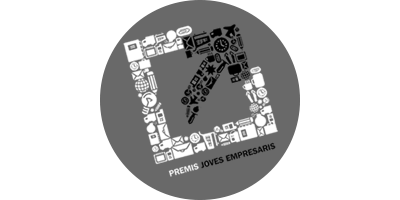Usually, the 95% of traffic from hotel websites belongs to the searches under the name of the hotel. During this search, the client already knows the hotel, they’ve discovered it on a booking website like booking.com. These visits provide almost the 100% of direct reservations because the user wants to book a room at that moment.
However, the traffic that visits the hotel because of its position in a micro niche usually belongs to people who are not interested in making a reservation at that exact moment but may think about it later. To make this connection work, the hotel website must represent the micro niche without scaring off the rest of the clients, who, for example, aren’t interested in snorkelling or wine tasting.
When you create a website, it’s important to remember that what matters the most is to optimise the conversions from the users that access the website using the name of the hotel, and as a second goal, the micro niche the hotel is aiming for. The first thing that the client has to see is the hotel and its presentation.
Usually, the micro niche is a source of traffic, not bookings. That’s why the best way to combine the niche with the hotel is through small signs such as banners, home sliders, reviews from clients that mention the niche or the culture section. For this to work properly, the links related to the micro niche that appear in the home must take the user to an inner page of the hotel website. In this page, the micro niche will be explored with many details, this is the page that we have to position by promoting the relation of the hotel with the activity. If there’s a blog section, this is a perfect place to talk about the micro niche.

Review from the hotel Carema Hotels, micro niche: water parks.
If the hotel collaborates with a third party, this is where you can add some extern links that connect your website with your collaborator, although we don’t recommend it. You want the client to stay on your website and to book a room, not to abandon the page to visit another one.





